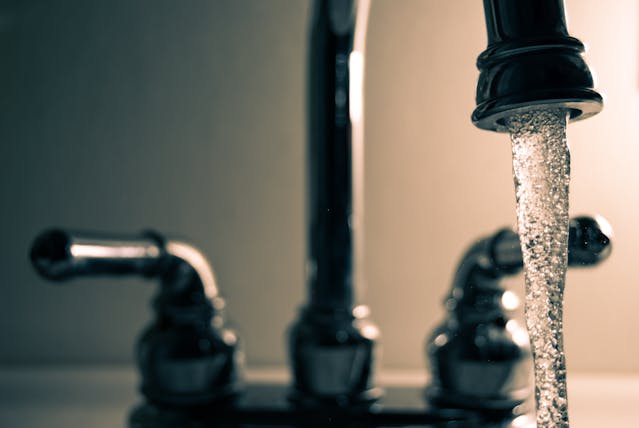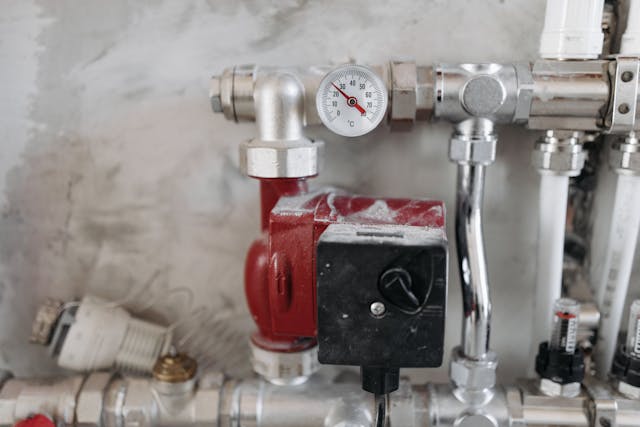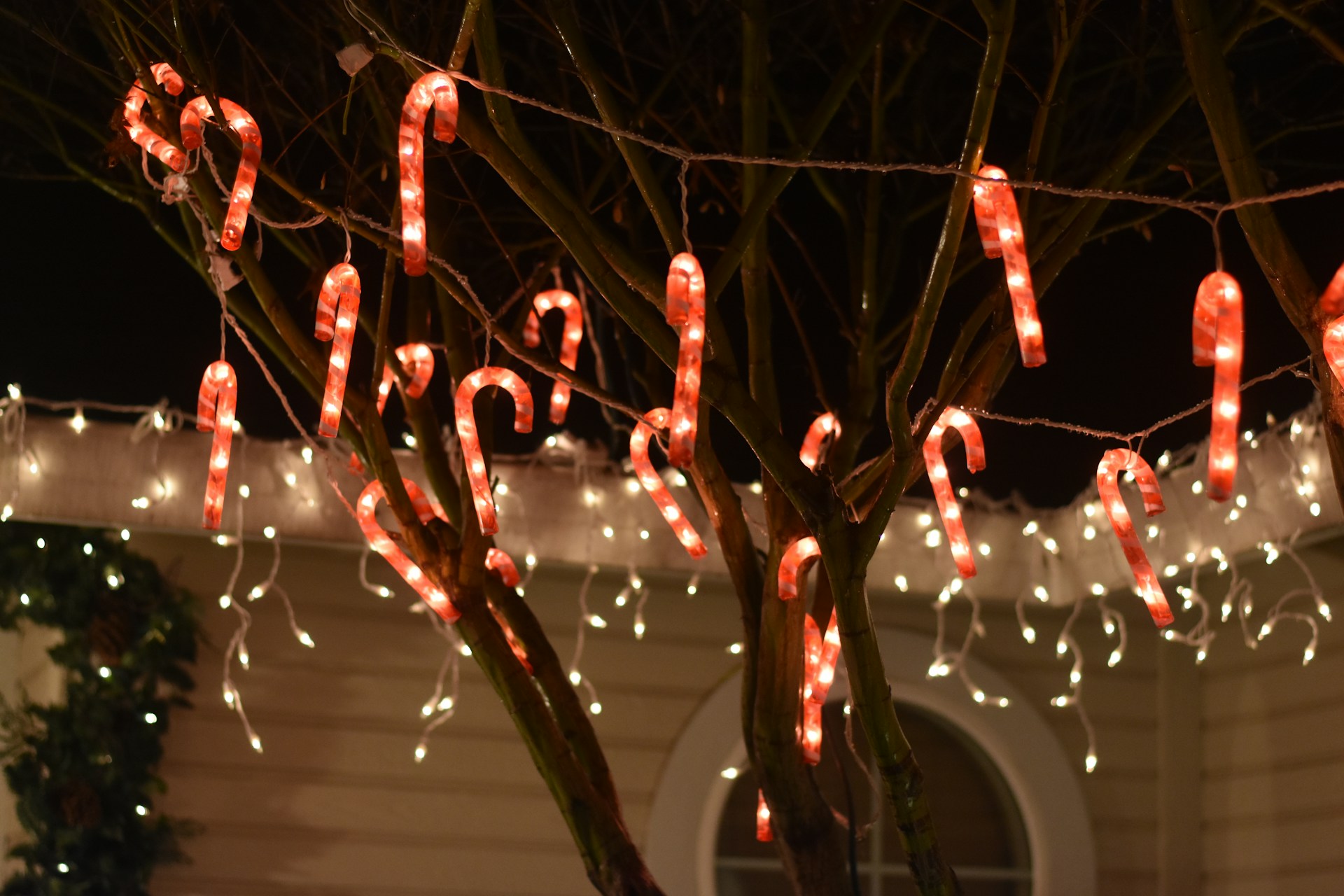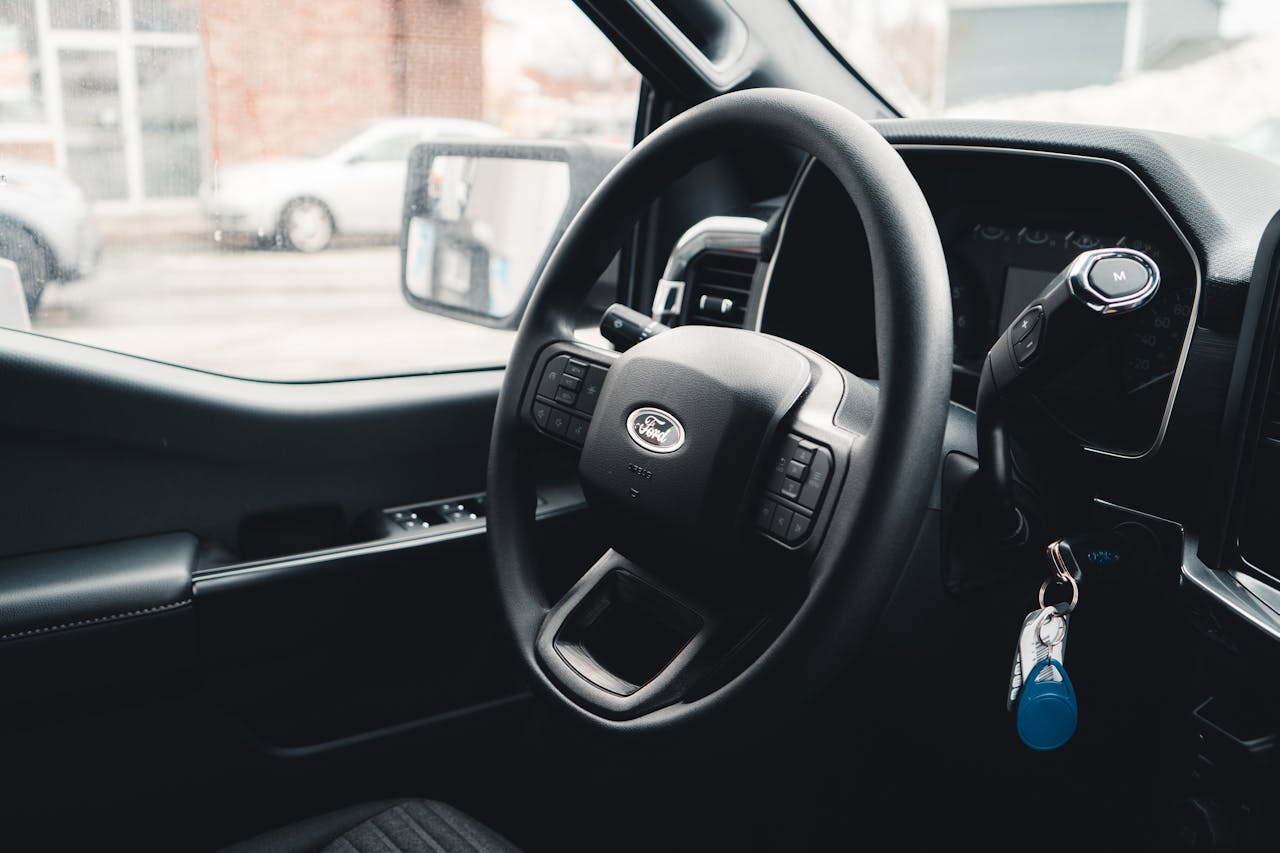
Many homeowners expect their insurance to cover any type of damage inside the house. While home insurance can be helpful in some situations, it does not cover everything. One area that often confuses is plumbing. It is important to know what is included and what is not, especially when dealing with plumbing repairs and water damage.
What Does Homeowners Insurance Usually Cover?
Homeowners insurance usually pays for damage that happens suddenly and by accident. If a pipe inside the wall bursts without warning and water floods the room, your policy may help. In that case, insurance could pay to fix the damage to your floor, drywall, or furniture. The important part is that the event must be sudden, and it should not be caused by something you could have fixed earlier.
This kind of coverage is part of the dwelling protection and personal property sections of most homeowners insurance policies. It means your insurance helps with the results of the problem, like water damage, but not the plumbing repair itself. For example, it will not cover the cost of replacing the broken pipe. That part is the homeowner’s responsibility.
What Is Not Covered?
Home insurance does not include plumbing repairs that are caused by wear and tear or poor maintenance. If you have an old pipe that has been slowly leaking for months, the damage from that will likely not be covered. Insurance companies expect homeowners to take care of their homes and prevent damage when possible.
Plumbing problems caused by rust, clogs, slow leaks, or poor upkeep fall under things you are supposed to handle on your own. These are not seen as accidents, but as avoidable problems. The cost of fixing or replacing worn plumbing parts is not included in a standard policy. Insurance is not a maintenance plan—it only helps when something unexpected happens.

When Is a Plumbing Issue Covered?
Insurance may cover plumbing-related damage if the problem happens without warning and causes damage right away. An example would be a pipe freezing in the winter and suddenly bursting. If that leads to water spilling into your living room, your policy may help pay to fix the flooring, baseboards, and other damaged items.
However, the repair of the pipe itself is usually not included. This is where many homeowners get confused. Insurance helps with damage cleanup but not with fixing the actual plumbing issue that caused it. It is best to take a close look at your insurance policy or ask your provider about what kinds of water damage are included.
What You Can Do to Prevent Plumbing Problems
Homeowners can lower the chance of dealing with costly plumbing issues by taking simple steps. Many plumbing repairs are not covered by insurance because they are seen as preventable. Keeping up with maintenance can help protect your home and avoid unnecessary repair costs. Here are a few actions you can take.
Check for Leaks Regularly
Inspect sinks, toilets, water heaters, and any exposed pipes at least once a month. Look for water stains, mold growth, or moisture where it should not be. Even a small leak can turn into a bigger problem and lead to expensive water damage if ignored. Most homeowners insurance policies do not cover damage caused by leaks that were not fixed in time.
Replace Old or Worn Plumbing Parts
Pipes, valves, and supply lines wear out over time. If your plumbing system is old or made of outdated materials, it may be more likely to fail. Replacing aging parts can prevent a pipe burst and lower the chance of water damage inside your home. This kind of upkeep is not covered by home insurance, but it can save you from bigger repair costs later on.
Monitor Water Pressure
Too much water pressure puts stress on your pipes and fixtures. If pressure is too high, it may increase the risk of a sudden pipe burst. Install a water pressure gauge or a pressure-reducing valve to keep things under control. Taking this simple step may help avoid problems that are not covered by insurance.
Insulate Pipes in Cold Weather
In cold areas, frozen pipes can be a serious issue. When water freezes, it expands, and this can cause the pipe to burst. Use foam sleeves or other insulation to protect pipes in unheated spaces like attics or basements. A homeowners insurance policy may help with the damage after a burst, but it will not pay for plumbing repairs or replacements.
Be Careful What Goes Down the Drain
Clogged drains and pipes can lead to backups and overflows. Do not pour grease, coffee grounds, or thick substances into sinks. Use drain strainers to catch hair and debris. Preventing blockages helps you avoid plumbing issues that are not covered by insurance.
Schedule Professional Inspections
Have a licensed plumber inspect your system every few years. A professional can spot early signs of wear and help you fix them before something breaks. These routine checks may not be exciting, but they help lower the risk of major water damage. Insurance policies generally do not pay for damage that could have been prevented through proper care.
What About Extra Coverage Options?
Some insurance companies offer optional add-ons that cover more than the standard plan. One example is sewer backup coverage. This type of rider can help pay for damage caused by a backed-up drain or sump pump failure. These are not usually included in regular homeowners insurance policies.
If you live in an area with older infrastructure or frequent plumbing problems, it may be worth asking your insurance provider about available options. Just keep in mind that these add-ons may cost extra, and coverage terms can vary. Reading the fine print can help you understand what kind of protection you really have.
Start Your Quote Today
Our licensed specialist will search for the best insurance quotes and will email you when ready.



